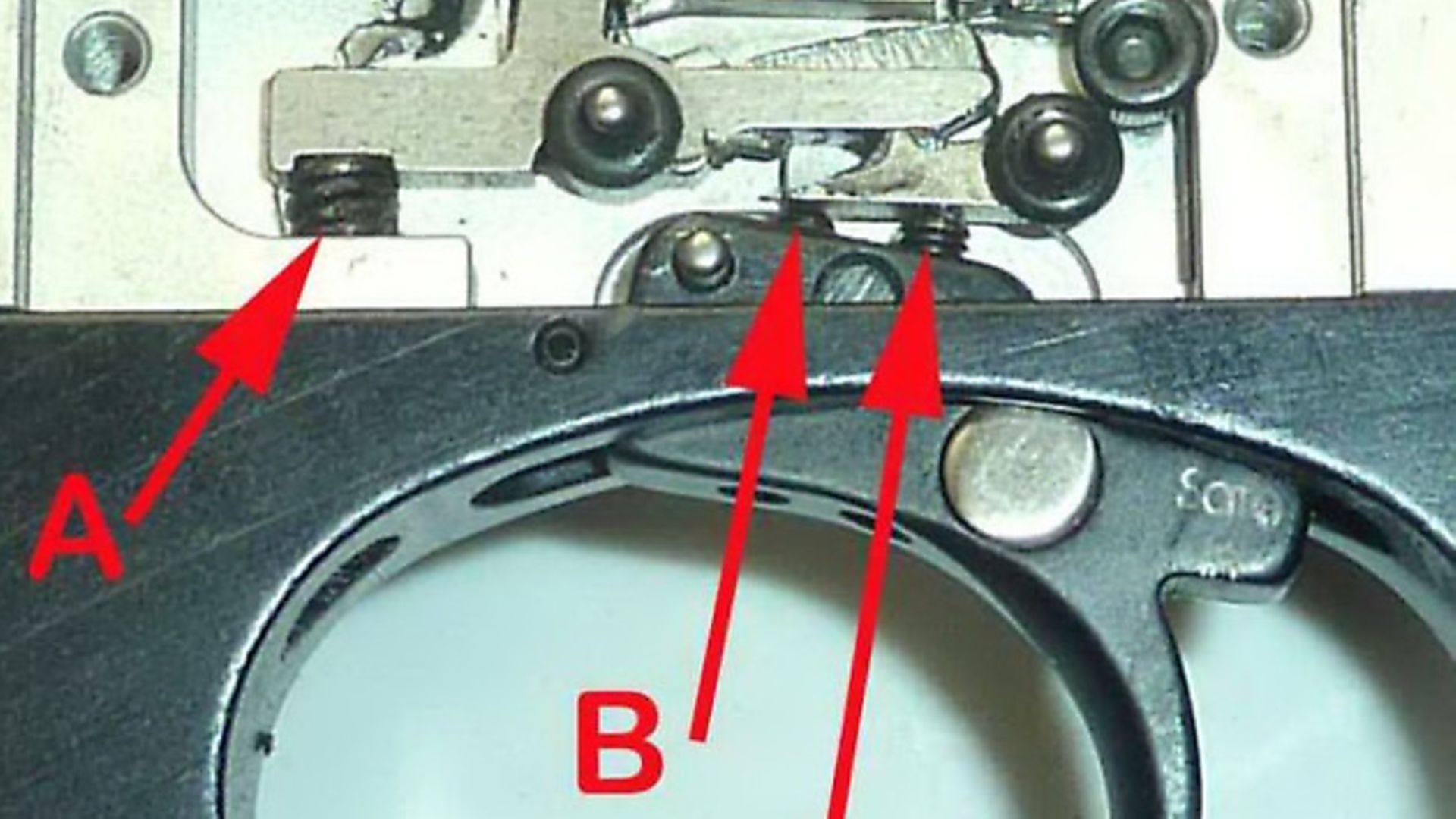A reader asks whether he should adjust the trigger on his Air Arms S410 Carbine
 credit: Archant
credit: Archant
Q: I have owned my three-year-old Air Arms S410 Carbine from new, and never bothered to adjust the trigger, but I have read that a lot of people do, and I have seen videos online showing how to do it. Am I missing out by not playing with the adjustment? I only use the rifle for hunting, if that’s any help.
GURU SAYS: The most precious gift that our American friends have given us is the saying ‘If it ain’t broke, don’t fix it’, and for as long as any rifle continues to put pellets where the owner wants, I would not recommend changing anything, most especially the trigger pull.
As your rifle is under 10 years old, it will have the excellent three sear trigger unit, and I honestly cannot remember coming across one of these Air Arms PCP trigger units with the factory settings that really needed any adjustment, although some people, notably competition shooters, do favour a particular ‘feel’, weight or length of first pull, and the three adjusters of the Air Arms trigger offer plenty of scope for adjustment. The problem is that two of the adjusters are interdependent, and offer the opportunity for people to get into trouble when they fiddle with the trigger, unless they know what they’re doing.
The three screws adjust trigger weight, and the length of the first and second stages of pull. If you wish to lighten the pull, turn the front screw (A in photo 1) anticlockwise, and vice versa to increase pull weight, being mindful that too much adjustment when increasing weight can cause the coil spring (A in photo 2) to become coil bound, so the rifle will not shoot.
The other two screws are situated in the trigger blade, and it is when trying to adjust these that some people go wrong. The front adjuster (B in photo 1) controls the length of the first stage of travel, but that’s not the full story, because it alters the degree of overlap between the top and bottom sears. Turning adjuster B clockwise decreases the length of the first stage, and also decreases the total trigger blade travel before the sears disengage; turn it too far, and the rifle will discharge before the second-stage screw (adjuster C in photo 1) comes into play, so turning a sweet and predictable two-stage trigger into an unpredictable single stage trigger. Adjuster C fine tunes the start of the second pull.
I think this subject is worth covering in a little more depth, so we’ll take a look inside the trigger unit next month.